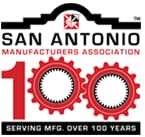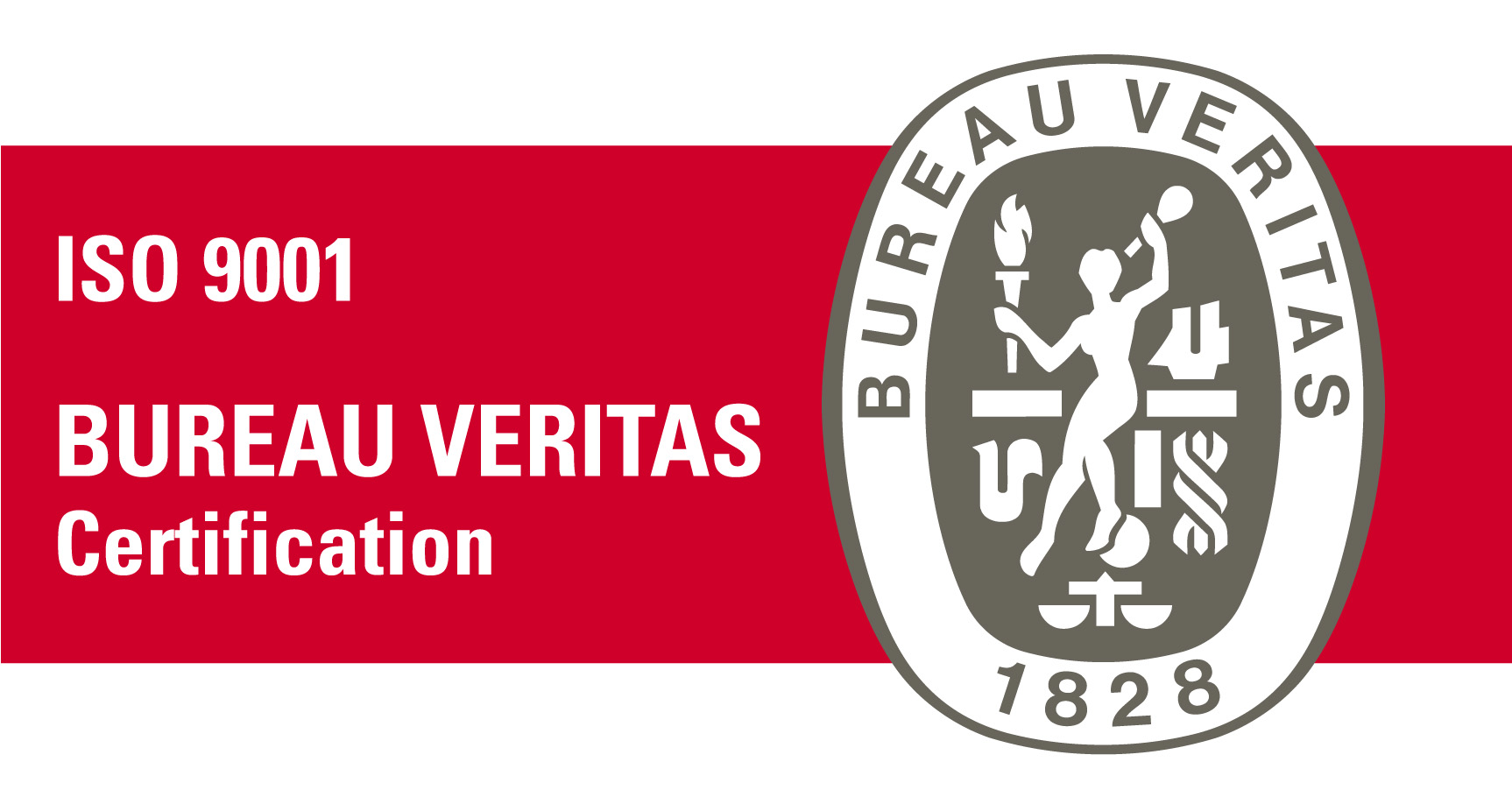Common Questions from Designers and Engineers - CNC Turned Parts and Screw Machine Products
What encompasses CNC (Computer Numerical Control) turned products and screw machine products?
These are products turned on an automatic lathe, either computer controlled or cam driven (single spindle or multiple spindle). Typically, parts are produced repetitively from twelve-foot bars, making part after part with a high degree of productivity and consistency. For more details see our Capabilities page.
What would qualify as a "CNC turned product" versus a "screw machine product?"
Using today’s machines, often there is only a fine line between products that would be economically produced on a CNC versus a screw machine. Traditionally, the term screw machine was applied to cam operated automatics, both single spindle and multiple spindle. The CNC lathe was introduced as a more flexible machine tool. It is capable of tighter tolerances, reduced costs for short runs, and handles complex products with ease. CNC’s have also been known to be considerably slower cycling than cam operated screw machines. The new CNCs have closed the gap on this differential, but many high volume products are still best produced on screw machines. See our equipment listing page for more information on these machines.
Are "screw machines products" primarily screws?
Not at all. The term "screw machine product" is really a misnomer today. One hundred years ago, when the term was first applied to a mechanically automated lathe, the primary use for the machine was for making screws. Today your hardware store variety "screw" is typically made by the cold heading process, which is more expensive to tool and less precise but provides a lower cost per piece. Screw machines are used for an endless variety of products turned from bar stock, far beyond the simple nuts and bolts of the past.
When are products best made on multiple spindle automatic screw machines?
There are always unique situations and the final decision is sometime a close tie that the tooling engineer must decide. However, generally if a job calls for a higher volume of parts (at least ten thousand pieces), does not require the sliding headstock (Swiss type) machine, does not have extreme tolerances or complexity, it is a candidate for the multiple spindle automatic.
What consideration should be given in material selection for machined parts?
There are many grades of material specifically designed for improved machinability. Often specifying one of these grades, though a more expensive material, can result in a lower costs and higher quality in the end product. Naturally, full consideration must be given to your product’s total application. Material designed for optimum machinability often offers less weldability or less formability. See our Material Comparison Chart for more information on this topic.
How does part configuration impact cost?
External considerations: Design your product to be accommodated with commonly available raw material. Allow for using hex material instead of milling wrench flat, when possible. Oddly enough, different types of material are sold to different tolerances. Plastics are sold with tolerances on the plus side of mean, mild steel on the minus, and stainless with plus or minus tolerances (see Material Comparison Chart). Frequently, you will want your product finish machined to remove any handling marks on the bar surface and provide a uniform appearance. Design the part with the tolerance of the raw material in mind and allow your supplier adequate part cleanup. Consult with your supplier for guidelines.
Internal considerations: Avoid long deep holes. Any hole deeper than 3 1/2 diameters in steel (5 diameters in brass or aluminum) is considered a deep hole drilling operation. If possible, design the part to be made from tubing or perhaps predrilled most of the way with larger drills. In the worst case, if you do need a 1/32 hole drilled 1/2 deep in stainless, we can do it. But, it will be expensive!
Threads: Allow for adequate tap clearance at the bottom of a blind hole. Three and half thread pitches is good, 2 1/2minimum. Can we do less? Yes, but it is more expensive! For external threads, provide for an undercut or incomplete threads coming to a shoulder. Try to allow 2 1/2 thread pitches or 1 1/2 thread pitches minimum.
What tolerances are achievable and practical?
This is a question that is asked all the time, but is very difficult to answer without a particular part and machine type in mind. Often someone will ask, "can you hold .002 (or whatever)?" Naturally, the tolerance can be held, but it may change the way a part is made. It may require more attention from the operator, may require a more time consuming inspection method, and likely will result in higher costs. Your supplier should be eager to discuss your particular requirements and he should welcome the opportunity to be involved in concurrent engineering, designing his process concurrently with the part design and assuring an ideal match.
Should I request a first article?
Most suppliers are eager to supply a first article when they run a new job and it is really to everyone's advantage to ensure that you are getting what you need. This should be requested when the job is quoted. If a supplier has to wait for customer approval before he can run production, it will cost him money. If the approval involves proving your design out, as well as the correct print interpretation, this should be communicated upfront. You may incur added costs if there are design changes at this stage. All in all, most suppliers are happy to work with you, but need a quick response.
How do I assure my supplier provides the quality I need?
Look for a supplier with whom to develop a long-term relationship and one who can understand your needs. Discuss your requirements with the supplier and discuss any areas of special concern. If the supplier has a quality manager and prepares an inspection procedure for all products, these are good signs. More sophisticated suppliers will routinely utilize statistical methods and analyze process quality capabilities and machine limitations. Communicate with your supplier and identify critical product specifications. Discuss process limitations and how these might affect the product. With your input, your supplier can define effective process control procedures. Take a look at our quality program.
Do I need to make notations about burrs?
What is a burr to some products is not a burr in others. Any intersecting surface will show evidence of a burr, if it is magnified enough. What magnification will be used? Visual, 10X, or 100X? What are your criteria? What is the application? Too often prints say, "No Burrs," when they really mean no sharp edges or loose burr. Deming used an analogy of asking someone to "clean" a table. A simple enough assignment. It should be reasonable to expect acceptable results. But, what is the table to be used for? Is it going to be used for surgery, a picnic, or disassembling a machine part? Each would have different cleaning criteria. This is a good reason to ask for a first article.
What about a cutoff burr?
Depending on the type of machine your part would be run on, this might or might not be an issue. However, in many cases allowing a cutoff nib on one end of the part will save you money.
I have a job that will run year round. Wouldn't I save money by purchasing a machine to produce the product in-house versus letting a subcontractor make the extra profit?
Contract shops involved in production machining of automatic bar products typically have the following advantages in economies of scale:
- Several machines of any given type
- Maintenance men specializing in bar automatics
- Process engineers and programmers
- Tool makers and a well equipped tool room
- Setup men specialized in each particular machine type
- Machine operators trained to run multiple machines scheduled for multiple shifts.
One would assume it would be reasonable for the jobber to gain efficiency through their economies of scale. This will usually allow them to charge you less than an in-house cost. Many companies have come to the conclusion that their resources are best utilized focusing on their product(s) and leaving the production turning to the specialist.
What are the most important considerations when purchasing the product?
Work with a supplier who is committed to a long-term relationship and has the technical expertise matched with the right equipment to support your needs. Nothing will cause your delivery or quality to suffer more than selecting a supplier based solely on low bidding.
Interested in a career at Cox or ready to submit a resume?
To view any open positions or submit a resume, please click here!






